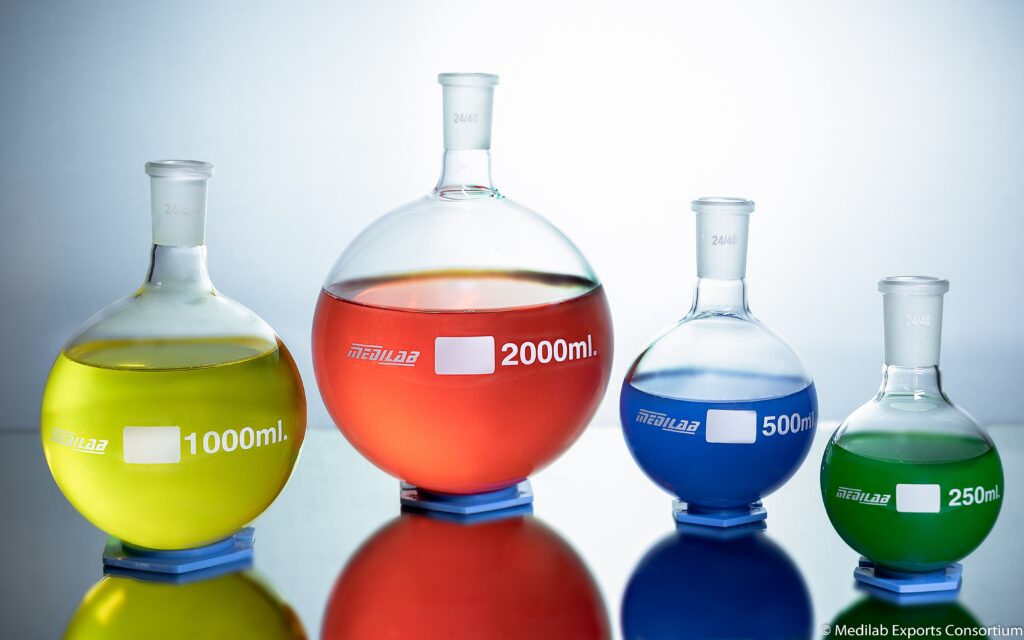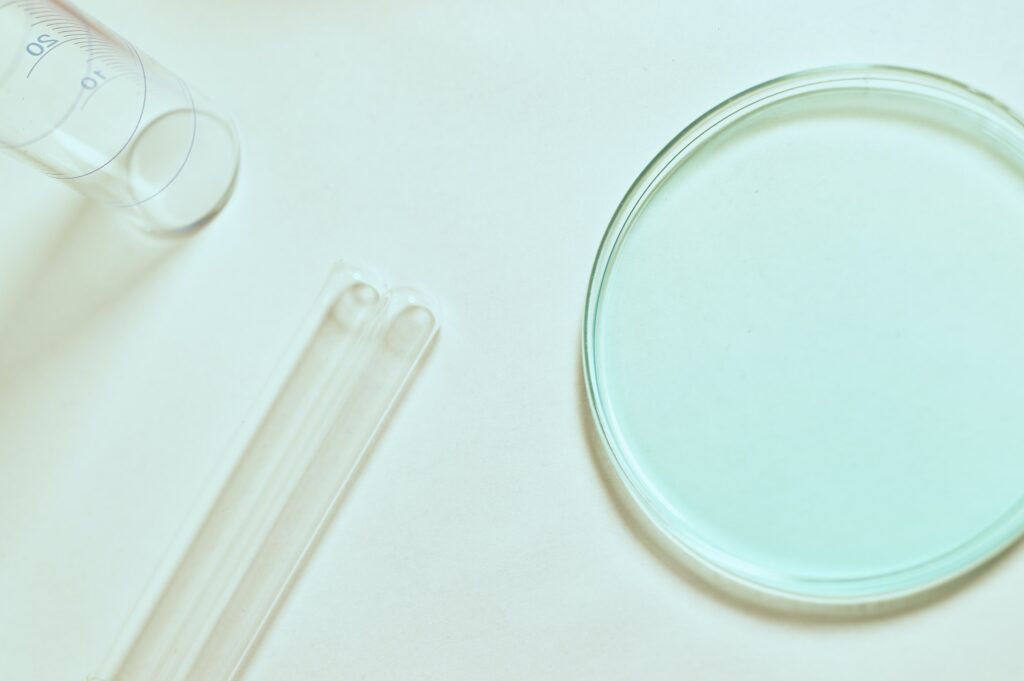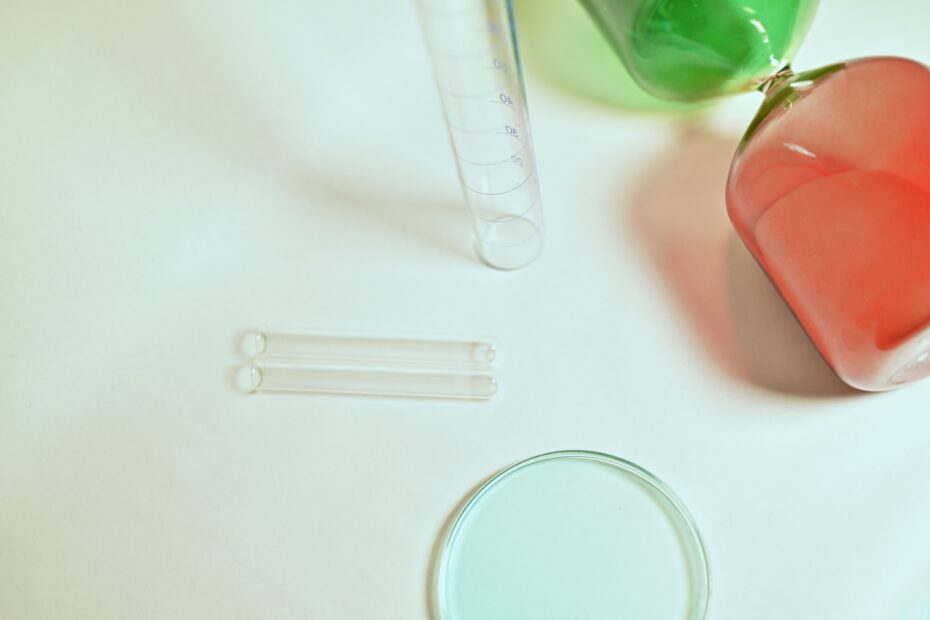Internal Assessment is an integral part of the International Baccalaureate (IB) Diploma Programme in chemistry, comprising 20% of the final assessment. The IA requires students to conduct an independent laboratory investigation and write a report on their findings.So this where the next question comes – why is it important to select a right Chemistry IA topic.
Why choosing a good topic for your IB Chemistry IA is important?
Choosing a good IA topic is crucial as it forms the foundation of the investigation and can make or break the project. So if you do not want to risk the final mark, consider selecting a topic you will be able to cover.
First, let’s take a closer look at how you should choose a topic for your Chemistry Internal Assessment.
When choosing a topic for your IB Chemistry IA, it’s important to consider the following factors:
- Relevance to the course: The topic should align with the objectives and content of the IB Chemistry course. It should demonstrate your understanding of key concepts and theories covered in the syllabus.
- Interest and curiosity: Select a topic that genuinely interests you and arouses your curiosity. This will motivate you to conduct thorough research and engage with the project more deeply.
- Feasibility and resources: Ensure that the topic is feasible and you have access to the resources needed to conduct the investigation. This includes equipment, chemicals, and data sources.
- Originality and innovation: While it’s unnecessary to come up with a completely new topic, selecting an original and innovative angle can make your IA stand out and demonstrate your creativity and critical thinking skills.
- Clarity and specificity: Choose a specific research question that can be clearly defined and answered within the project’s scope. This will help you stay focused and avoid getting overwhelmed by the vastness of the subject.
A well-chosen topic can help you score higher grades in your IA as it provides a clear and organized framework for the investigation. A good topic also allows you to apply your knowledge and skills to a real-world problem or question, which is the ultimate goal of the IA. Therefore, take your time and carefully consider your options before finalizing your IA topic.
Here are some tips for selecting the best chemistry IA topics:
- Choose a topic that interests you: The IA is a long-term project and requires a lot of time and effort. It is important to choose a topic that you are genuinely interested in, as it will keep you motivated throughout the process.
- Make sure the topic is feasible: The IA should be realistic and achievable because you should complete them within the given time frame. Consider factors such as the availability of equipment, materials, and resources.
- Keep it simple: While it is tempting to choose a complex and ambitious topic, it is important to keep it simple and focused. A narrow and well-defined topic is easier to investigate and allows you to delve deeper into the subject.
- Consider the relevance of the topic: Choose a topic that is relevant and timely, and has real-world applications. This will make the IA more meaningful and engaging.
Here are some examples of good chemistry IA topics:
- The effect of pH on the rate of enzyme-catalyzed reactions
- The synthesis and characterization of nanoparticles
- The determination of the equilibrium constant of a chemical reaction
- The analysis of food additives using spectroscopy techniques
- The determination of the molar mass of a volatile liquid using the Ideal Gas Law
Want some complex Chemistry IA ideas?

Here are some more detailed chemistry IA topics that explore the speed of different chemical reactions using a spectrometer:
- Investigating the effect of temperature on the rate of a chemical reaction
In this IA, you could use a spectrometer to measure the absorbance of a reactant or product as a function of time at different temperatures. This will allow you to determine the rate of the reaction at each temperature and plot a rate versus temperature graph.
You could also use this data to determine the activation energy of the reaction.
- Determining the rate law of a chemical reaction
In this IA, you could use a spectrometer to measure the absorbance of a reactant or product as a function of time at different concentrations. This will allow you to determine the rate of the reaction at each concentration and plot a rate versus concentration graph.
You could then use this data to determine the rate law of the reaction and calculate the rate constant.
- Analyzing the kinetics of a catalyzed reaction
In this IA, you could use a spectrometer to measure the absorbance of a reactant or product as a function of time in the presence and absence of a catalyst. This will allow you to compare the rate of the reaction with and without the catalyst and determine the effect of the catalyst on the rate.
You could also use this data to calculate the rate constant and activation energy for the catalyzed and uncatalyzed reactions.
- Evaluating the effect of a solvent on the rate of a chemical reaction
In this IA, you could use a spectrometer to measure the absorbance of a reactant or product as a function of time in different solvents. This will allow you to determine the reaction rate in each solvent and compare the rates.
You can use this data to determine the effect of the solvent on the rate constant and activation energy of the reaction.
If you want, you can buy IB Chemistry IA at our writing service.
These topics will surely give you some ideas for your chemistry IA! But I know that you want more, so let’s continue with other ideas.
And some more Chemistry IA topics for you:
Here are five more chemistry IA topics related to the effect of temperature on activation energy:
- Investigating the effect of pH on the activation energy of an enzyme-catalyzed reaction
In this IA, you could measure the rate of an enzyme-catalyzed reaction at different pH values and use this data to calculate the activation energy.
You can use a spectrometer to measure the absorbance of a reactant or product as a function of time at each pH value to determine the rate of the reaction.
- Analyzing the effect of a solvent on the activation energy of a chemical reaction
In this IA, you could measure the rate of a chemical reaction in different solvents and use this data to calculate the activation energy.
You could also use a spectrometer to measure the absorbance of a reactant or product as a function of time in each solvent to determine the rate of the reaction.
- Evaluating the effect of a catalyst on the activation energy of a chemical reaction
In this IA, you could measure the rate of a chemical reaction in the presence and absence of a catalyst and use this data to calculate the activation energy for both cases.
Use a spectrometer to measure the absorbance of a reactant or product as a function of time with and without the catalyst to determine the rate of the reaction.
- Determining the effect of temperature on the stability of a compound
In this IA, you could measure a compound’s decomposition rate at different temperatures and use this data to calculate the activation energy.
You could also use a spectrometer to measure the absorbance of the decomposition products as a function of time at each temperature to determine the reaction rate.
- Analyzing the effect of a reactant concentration on the activation energy of a chemical reaction
In this IA, you could measure the rate of a chemical reaction at different reactant concentrations and use this data to calculate the activation energy.
And now use a spectrometer to measure the absorbance of a reactant or product as a function of time at each concentration to determine the rate of the reaction.
And five more Chemistry IA ideas you can do at home:

Here are five more chemistry IA topics related to investigating energy contents in packaged chips:
- Analyzing the nutritional value of packaged chips using proximate analysis
In this IA, you could perform proximate analysis on a variety of packaged chips to determine their protein, carbohydrate, fat, and fiber content. You could also calculate the caloric value of each chip based on the proximate analysis data.
- Evaluating the effect of frying temperature on the oil content of packaged chips
In this IA, you could fry chips at different temperatures and use a moisture analyzer to determine the oil content of each batch.
Then compare the oil content of the chips fried at different temperatures to see if the frying temperature affects the oil content.
- Determining the preservative content of packaged chips using spectrophotometry
In this IA, you could use spectrophotometry to analyze the preservative content of different brands of packaged chips.
You could compare the preservative content of each brand to see if there are significant differences.
- Investigating the effect of storage temperature on the shelf life of packaged chips
In this IA, you could store chips at different temperatures and use a moisture analyzer to determine the moisture content at regular intervals.
Then you can plot the moisture content versus time to see how the storage temperature affects the shelf life of the chips.
- Analyzing the effect of packaging material on the oxygen content of packaged chips
In this IA, you could compare the oxygen content of chips packaged in different materials using a gas chromatograph.
You could then determine the effect of the packaging material on the oxygen content and shelf life of the chips.
Want some more Chem IA topics?
Here are five more chemistry IA topics related to the effect of sodium fluoride on tooth decay in the presence of carbonated drinks:
- Investigating the effect of different pH levels on the effectiveness of sodium fluoride in preventing tooth decay
In this IA, you could expose teeth to different concentrations of sodium fluoride at different pH levels and measure the amount of tooth decay using a tooth decay model.
You can compare the effect of the pH on the effectiveness of the sodium fluoride in preventing tooth decay.
- Evaluating the effect of different sweeteners on the tooth decay prevention properties of sodium fluoride
In this IA, using a tooth decay model, you could expose teeth to different concentrations of sodium fluoride in the presence of different sweeteners and measure the amount of tooth decay.
You could then compare the effect of the sweeteners on the effectiveness of the sodium fluoride in preventing tooth decay.
- Analyzing the effect of different types of carbonated drinks on the tooth decay prevention properties of sodium fluoride
In this IA, you could expose teeth to different concentrations of sodium fluoride in the presence of different types of carbonated drinks and measure the amount of tooth decay using a tooth decay model.
Then – compare the effect of the carbonated drinks on the effectiveness of the sodium fluoride in preventing tooth decay.
- Determining the effect of different storage temperatures on the stability of sodium fluoride in a toothpaste formulation
In this IA, you could prepare a toothpaste formulation containing sodium fluoride and store it at different temperatures. You could then measure the stability of the sodium fluoride at regular intervals using a spectrophotometer.
Also, you could compare the stability of the sodium fluoride at different storage temperatures to see if the temperature affects its stability.
- Investigating the effect of different brushing agents on the tooth decay prevention properties of sodium fluoride
In this IA, you could expose teeth to different concentrations of sodium fluoride in the presence of different types of toothpaste formulations containing various types of abrasives and measure the amount of tooth decay using a tooth decay model.
Afterwards, compare the abrasives’ effect on sodium fluoride’s effectiveness in preventing tooth decay.
Don’t let the stress of choosing an IA topic
hold you back.
Are you struggling to come up with topic suggestions for your IB Internal Assessment?
Our experienced writers can help you choose the perfect topic for your IA
Tailored to your specific subject and requirements.
Simply click:

And last but not least – topics related to the current situation worldwide:
Here are five chemistry IA topics related to modern times:

- Investigating the environmental impact of plastic pollution
In this IA, you could analyze the chemical composition of plastic waste and determine its environmental impact.
Also, compare the environmental impact of different types of plastics to see if some are more harmful than others.
- Analyzing the effect of air pollution on plant growth
In this IA, you could expose plants to different levels of air pollution and measure the effect on their growth using various parameters such as height, weight, and leaf area.
You could also use spectrophotometry to measure the concentration of pollutants in the air and compare it to the effect on plant growth.
- Evaluating the effectiveness of natural antimicrobial agents against pathogenic bacteria
In this IA, you could test the antimicrobial activity of natural compounds such as essential oils against pathogenic bacteria and compare their effectiveness to synthetic antimicrobial agents.
Use spectrophotometry to measure the concentration of the antimicrobial agents and determine the minimum inhibitory concentration (MIC).
- Determining the effect of electronic waste on soil and water quality
In this IA, you could expose soil and water samples to electronic waste and measure the effect on their quality using various parameters such as pH, conductivity, and nutrient content.
You could also use spectrophotometry to measure the concentration of heavy metals and other contaminants in the soil and water.
- Analyzing the chemical composition of alternative energy sources
In this IA, you could analyze the chemical composition of different alternative energy sources such as biofuels, solar cells, and batteries and compare their properties.
Once again, you can also use spectroscopy techniques such as infrared spectroscopy and X-ray fluorescence to determine the chemical structure and elemental composition of the energy sources.
If you are also searching for other IA topics, make sure to read other related articles:
- Biology IA topics without experiment
- Experiment based Bio Internal Assessment topics
- History IA topic ideas
- Math IA topics for HL and SL students
- IB Business IA ideas
- Topics for Physics IA
- Environmental Science IA topics
Select topic for Chemistry IA that suits YOU!
Remember, the IA is an opportunity for you to demonstrate your understanding and skills in chemistry.
So please choose a topic that challenges and engages you, and have fun with it!
If you need assistance with choosing a topic or writing your Chemistry IA, IB writing service is here to help you. Simply contact us.




